Filter by

Nonsuch Palace The Material Culture of a Noble Restoration Household
Nonsuch in Surrey was Henry VIII's last and most fantastic palace. Begun in 1538, at the start of the 30th year of Henry's reign, the palace was intended as a triumphal celebration of the power and the grandeur of Henry VIII and the Tudor dynasty. The site was chosen for its fine countryside and hunting potential. The palace was ornately decorated with intricate Renaissance designs in carved an…
- Edition
- -
- ISBN/ISSN
- 9781789254396
- Collation
- -
- Series Title
- -
- Call Number
- -

Newcastle upon Tyne, the Eye of the North An Archaeological Assessment
Newcastle upon Tyne is one of England’s great cities. Many think of it mainly as a product of the Industrial Revolution when abundant resources of coal, iron ore and water came together to create a Victorian industrial powerhouse. In fact, Newcastle’s long and proud history began in Roman times when Hadrian’s Wall marked the northernmost point of the Roman Empire.Newcastle became a thrivi…
- Edition
- -
- ISBN/ISSN
- 9781789258936
- Collation
- -
- Series Title
- -
- Call Number
- -
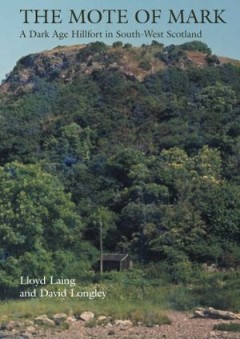
The Mote of Mark A Dark Age Hillfort in South-West Scotland
The Mote of Mark is a low boss of granite rising from forty-five metres above the eastern shore of Rough Firth, where the Urr Water enters the Solway, between the villages of Kippford and Rockcliffe. The summit comprises a central hollow between two raised areas of rock and was formerly defended by a stone and timber rampart enclosing one third of an acre. The Mote of Mark appears to have first…
- Edition
- -
- ISBN/ISSN
- 9780000000907
- Collation
- -
- Series Title
- -
- Call Number
- -

Medieval Floor Tiles of Northern England Pattern and purpose: production bet…
This study of the design, manufacture and use of medieval floor tiles shows the long-lasting influence achieved in the north of England, especially by the Cistercian monasteries. It serves to demonstrate how these monastic houses made use of the resources and contacts available to them. The study focuses on one of the richest medieval floor tile assemblages in the world, with material from 118 …
- Edition
- -
- ISBN/ISSN
- -
- Collation
- -
- Series Title
- -
- Call Number
- -
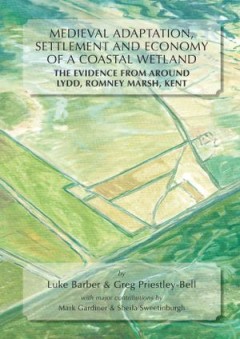
Medieval Adaptation, Settlement and Economy of a Coastal Wetland
Romney Marsh is the largest coastal lowland on the south coast of England. Since 1991 excavations in advance of gravel extraction around Lydd on Romney Marsh, have uncovered large areas of medieval landscape, one of the largest to be exposed in southern England. Features uncovered include 12th-13th century drainage ditches, ditched field systems and sea defences. Also of particular significance…
- Edition
- -
- ISBN/ISSN
- 9781789256505
- Collation
- -
- Series Title
- -
- Call Number
- -
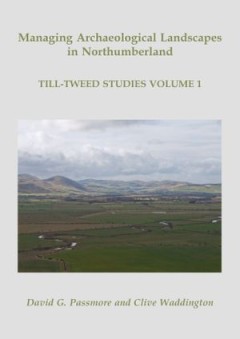
Managing Archaeological Landscapes in Northumberland Till Tweed Studies Volu…
The Till-Tweed river catchment areas in Northumberland contain outstanding archaeological and palaeoenvironmental remains which have been in general only poorly understood. This study has assembled detailed data that will provide a platform for future landscape-based research and site-based investigation. Written from a landscape, or geoarchaeological perspective, this study develops a methodol…
- Edition
- -
- ISBN/ISSN
- -
- Collation
- -
- Series Title
- -
- Call Number
- -
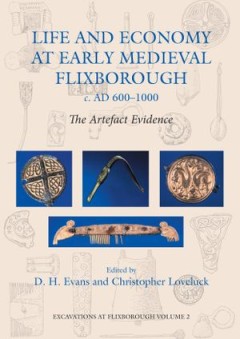
Life and Economy at Early Medieval Flixborough, c. AD 600-1000 The Artefact …
Between 1989 and 1991, excavations in the parish of Flixborough, North Lincolnshire, unearthed remains of an Anglo-Saxon settlement associated with one of the largest collections of artefacts and animal bones yet found on such a site. In an unprecedented occupation sequence from an Anglo-Saxon rural settlement, six main periods of occupation have been identified, dating from the seventh to the …
- Edition
- -
- ISBN/ISSN
- 9781842173107
- Collation
- -
- Series Title
- -
- Call Number
- -
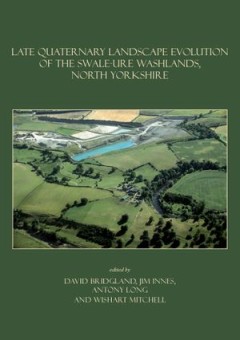
Late Quaternary Landscape Evolution of the Swale-Ure Washlands, North Yorkshire
Reporting on a multi-disciplinary project this book seeks to reconstruct the history since the last glaciation of the area between and including the middle reaches of the Rivers Swale and Ure in Yorkshire. Included in this history are both natural changes, determined from studies of landforms and sediments, and human-induced changes, recorded in archaeological and geo-archaeological records. Th…
- Edition
- -
- ISBN/ISSN
- 9781842176146
- Collation
- -
- Series Title
- -
- Call Number
- -

Creating Learning Spaces Experiences from Educational Fields
What can we learn from a teacher's journal about working with challenging youth? Why does the Training Room Program in German schools impede the development of an empowering learning culture? What experiences transpire during a train trip to the sea with an unruly crew of school boys? Or: what happens when children plan a trip on their own? Anyone who has accumulated experiences in teaching fac…
- Edition
- -
- ISBN/ISSN
- 9783837648874, 9783839448878
- Collation
- -
- Series Title
- -
- Call Number
- -
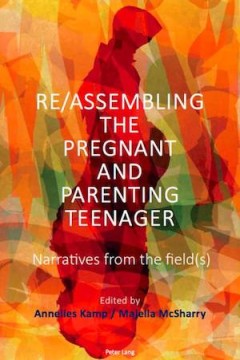
Re/Assembling the Pregnant and Parenting Teenager Narratives from the Fiel
Drawing in contributions from the United States, the United Kingdom and Republic of Ireland and Aotearoa New Zealand, this book seeks to foreground shifting experiences of teenage pregnancy and parenting in time and space. In the process, the work cuts across enduring ‘stigma' contests and dominant discourses which seek to capture, understand and render fixable the ‘problem' of teen…
- Edition
- -
- ISBN/ISSN
- 9781787075139
- Collation
- -
- Series Title
- -
- Call Number
- -
 Computer Science, Information & General Works
Computer Science, Information & General Works  Philosophy & Psychology
Philosophy & Psychology  Religion
Religion  Social Sciences
Social Sciences  Language
Language  Pure Science
Pure Science  Applied Sciences
Applied Sciences  Art & Recreation
Art & Recreation  Literature
Literature  History & Geography
History & Geography